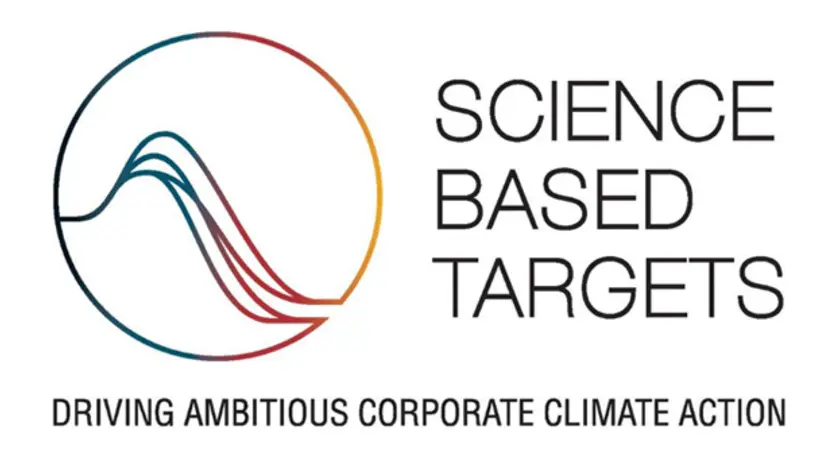CSR
Elis Group commits to reducing its greenhouse gas emissions by joining the Science Based Targets initiative

Aware of the current challenges linked to climate change, the Group wishes to commit to a process of reducing its emissions in line with the Paris agreements and contributing to keep the temperature increase below 1.5°C compared to pre-industrial levels.
Through this approach Elis aims to:
- Ensure the right level of ambition in its climate strategy
- Contribute to the global objective of limiting temperature increase
Elis is entering in the first of the four phases of the Science Based Target initiative by signing the letter of commitment which confirms that the group will work on a science-based greenhouse gas reduction target.
Next steps to come:
- develop an SBT within 24 months
- submit Elis target for validation
- announce the target.
In this way, by the end of 2022, the Group will present its climate targets aligned with the methodology of the Science Based Target (SBT) initiative.
What are the Science Based Targets?
Science-Based Targets (SBTs) are greenhouse gas emission reduction targets that provide organizations with a trajectory aligned with climate science. Defining an SBT is an integral part of Elis climate strategy. This approach covers the scopes 1, 2 and 3.
Scope 1 emissions correspond to emissions related to thermal energy consumption (gas, fuel oil, etc.), scope 2 to emissions related to electricity consumption and scope 3 to other indirect emissions (purchases of goods and services, home-work travel, etc.)
See you at the end of 2022 to find out about our goal !
Meanwhile, discover our latest Group CSR engagements:
Qu’est-ce que les Science Based Target ?
Les Science-Based Targets (SBTs) sont des objectifs de réduction des émissions de gaz à effet de serre qui fournissent aux organisations une trajectoire alignée sur la science du climat.
Définir un SBT fait partie intégrante de la stratégie climatique d’Elis. Cette approche couvre les champs d'application 1 , 2 et 3.
Les émissions du champ d'application 1 (scope 1), correspondent aux émissions liées à la consommation d’énergie thermique (gaz, fioul…), le scope 2 : aux émissions liés à la consommation d’électricité, et le scope 3 : aux autres émissions indirectes (achats de biens et services, déplacements domicile-travail…)
Rendez-vous donc fin 2022 pour découvrir notre objectif !
Plus d'actualités
En attendant, découvrez les autres engagements responsables du Groupe ces derniers mois :
- Elis classé B au CDP sur le changement climatique >
- Elis remporte la médaille d’or EcoVadis pour la 5ème année consécutive >
- Elis signe sa première ligne de crédit renouvelable indexée sur des indicateurs de développement durable >
- Elis rejoint les rangs des entreprises leaders mondiales à la COP26 >
- Elis s’engage dans le French Business Climate Pledge >
Découvrez également
If you need information or a quote for your project, our teams are here to help. Contact us!
*Required fields
Account details










